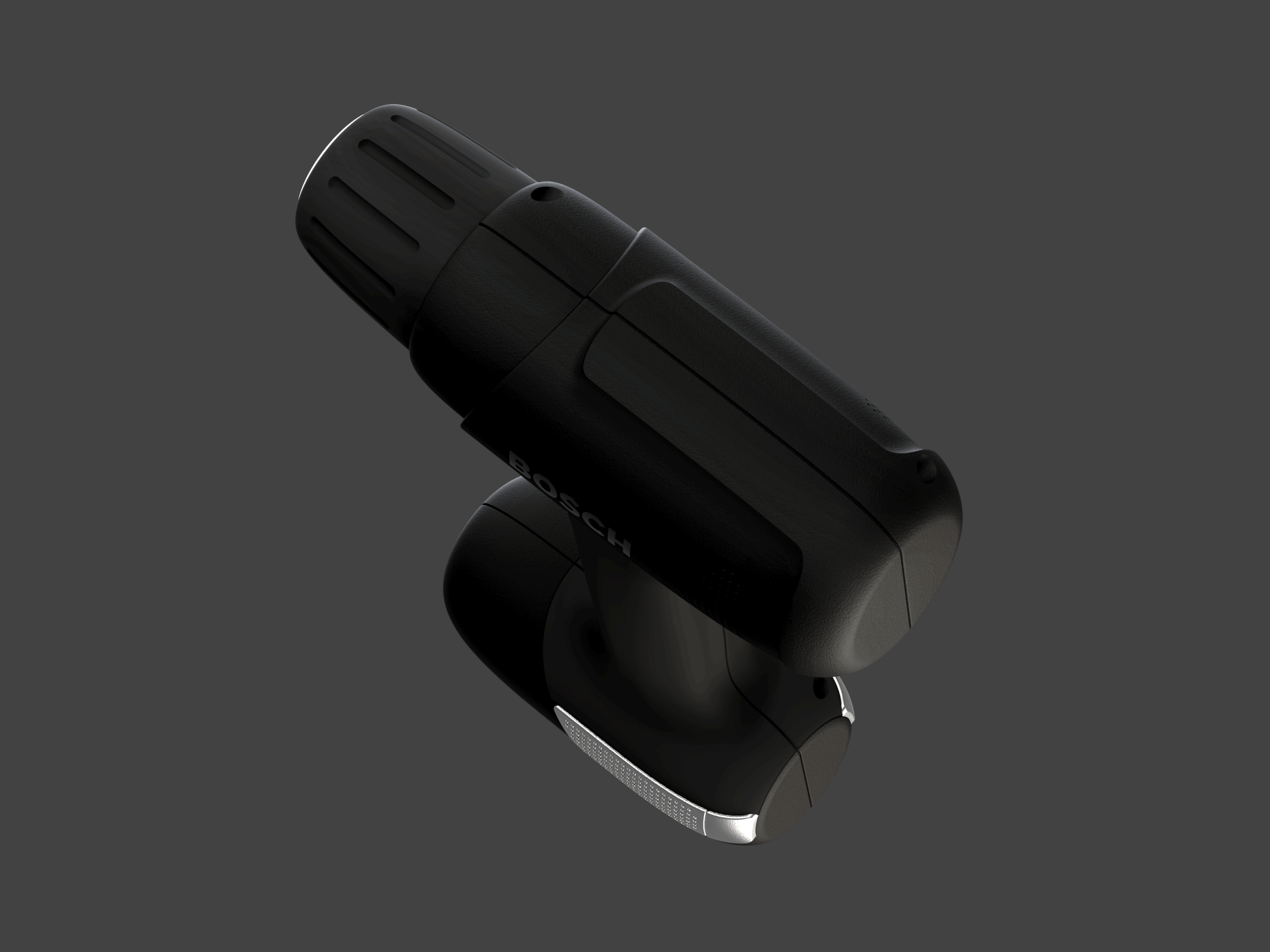drill
a system of drills for communal shops and makerspaces - 2017
opportunities
Initial setup
Without looking the bit can be inserted backwards
Bit installation
It is difficult to see if the chuck is spinning the right direction to tighten
Speed and torque settings
No settings are adjusted
Direction settings
It is difficult to tell if the drill is going forward or in reverse
Battery monitoring
There is no way to tell if the drill needs to be recharged
makerspace research
Data based on a sample of 30 makerspaces and communal shops located around the United States.
creative strategy
Easy to use
Eliminate torque and speed settings
Quick to find
RFID system to spot misplaced drills
Light and powerful
Manageable for any person to hold
Painless charging
Battery meter to show when to plug in
Drop proof
Force users to place drill on its side
bosch
Bosch is a multinational corporation with work across many industries. The Bosch power tool line has a focus on making DIY projects more accessible, this company goal aligns with the mission of many makerspaces. Additionally, Bosch is working to implement IoT and other connected technology across their tools, home appliances, and security systems. This makes Bosch the perfect candidate to manufacture a line of power tools for communal use.
sketches and form development
orthographics
Matching rounded top and bottom, powerful shape, directional form, angular lines, elegant curves, and neutral Bosch colors.
battery disconnect
Quick battery disconnect with squeeze to release functionality. The rounded exterior shape of the battery pack is facilitated by the circular orientation of the battery cells from the internal parts.
minimal settings
Most user defined settings have been removed to make the drill easier to use. Instead, the torque is adjusted automatically with technology integrated on the circuit board. The speed is controlled by the trigger and the reverse switch is standard.
hidden interface
A glow-through “screen” made from a matrix of LEDs is hidden beneath the surface of the top plastic. The interface could be used to indicate drilling direction and to send notifications such as information about the battery and the drill’s location based on the RFID tracking.
internals
Plastic part design including ribs and consideration for draft, screw bosses, functioning internals based on mechanical research of existing products, modeled in SolidWorks.
accessories
RFID readers sense passive tags in the drill to determine if it has gone out of bounds. A central hub communicates with RFID readers and can be used to check drills out to members who might want to borrow them. A peg board hub allows multiple configurations for charging and storing drills.





















